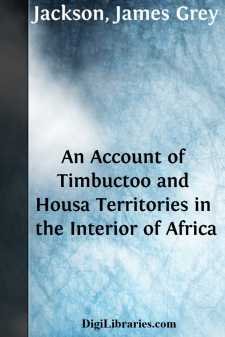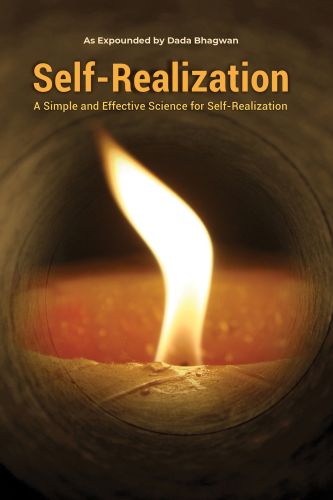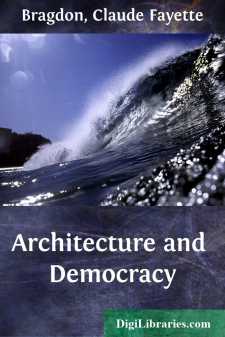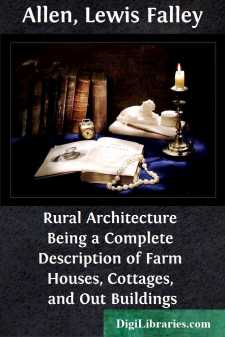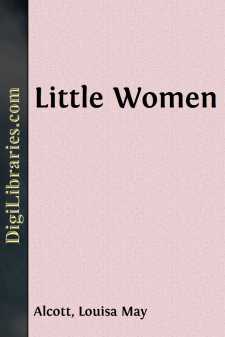Categories
- Antiques & Collectibles 13
- Architecture 36
- Art 48
- Bibles 22
- Biography & Autobiography 813
- Body, Mind & Spirit 142
- Business & Economics 28
- Children's Books 17
- Children's Fiction 14
- Computers 4
- Cooking 94
- Crafts & Hobbies 4
- Drama 346
- Education 46
- Family & Relationships 57
- Fiction 11829
- Games 19
- Gardening 17
- Health & Fitness 34
- History 1377
- House & Home 1
- Humor 147
- Juvenile Fiction 1873
- Juvenile Nonfiction 202
- Language Arts & Disciplines 88
- Law 16
- Literary Collections 686
- Literary Criticism 179
- Mathematics 13
- Medical 41
- Music 40
- Nature 179
- Non-Classifiable 1768
- Performing Arts 7
- Periodicals 1453
- Philosophy 64
- Photography 2
- Poetry 896
- Political Science 203
- Psychology 42
- Reference 154
- Religion 513
- Science 126
- Self-Help 84
- Social Science 81
- Sports & Recreation 34
- Study Aids 3
- Technology & Engineering 59
- Transportation 23
- Travel 463
- True Crime 29
An Account of Timbuctoo and Housa Territories in the Interior of Africa
Description:
Excerpt
INTRODUCTION.
The person who communicated the following intelligence respecting Timbuctoo and Housa, is a Muselman, and a native of Tetuan, whose father and mother are personally known to Mr. Lucas, the British Consul. His name is Asseed El Hage Abd Salam Shabeeny. His account of himself is, that at the age of fourteen years he accompanied his father to Timbuctoo, from which town, after a residence of three years, he proceeded to Housa; and after residing at the latter two years, he returned to Timbuctoo, where he continued seven years, and then came back to Tetuan.
Being now in the twenty-seventh year of his age, he proceeded from Tetuan as a pilgrim and merchant, with the caravan for Egypt to Mecca and Medina, and on his return, established himself as a merchant at Tetuan, his native place, from whence he embarked on board a vessel bound for Hamburgh, in order to purchase linens and other merchandize that were requisite for his commerce.
On his return from Hamburgh in an English vessel, he was captured, and carried prisoner to Ostend, by a ship manned by Englishmen, but under Russian colours, the captain of which pretended that his Imperial mistress was at war with all Muselmen. There he was released by the good offices of the British consul, Sir John Peters , and embarked once more in the same vessel, which, by the same mediation, was also released; but as the captain either was or pretended to be afraid of a second capture, El Hage Abd Salam was sent ashore at Dover, and is now , by the orders of government, to take his passage on board a king's ship that will sail in a few days.
In the following communications, Mr. Beaufoy proposed the questions, and Mr. Lucas was the interpreter.
Shabeeny was two years on his journey from Tetuan to Mekka, before he returned to Fas. He made some profit on his merchandise, which consisted of haiks , red caps, and slippers, cochineal and saffron; the returns were, fine Indian muslins for turbans, raw silk, musk, and gebalia , a fine perfume that resembles black paste.
He made a great profit by his traffic at Timbuctoo and Housa; but, he says, money gained among the Negroes has not the blessing of God on it, but vanishes away without benefit to the owner; but, acquired in a journey to Mecca, proves fortunate, and becomes a permanent acquisition.
On his return with his father from Mecca, they settled at Tetuan, and often carried cattle, poultry, &c. to Gibraltar; his father passed the last fifteen years of his life at Gibraltar, and died there about the year 1793. He was born at Mequinas; his family is descended from the tribe of Shabban , which possesses the country between Santa Cruz and Wedinoon. They were entitled to the office of pitching the Emperor's tent, and attending his person. They can raise 40,000 men, and they were the first who accompanied Muley Hamed Dehebby in his march to Timbuctoo.
Footnote a:Confirmed by Sir John Peters.Footnote b:In the year 1795.Footnote c:The haiks are light cotton, woollen, or silk garments, about five feet wide and four yards long, manufactured at Fas, as are also the red caps which are generally made of the finest Tedla wool, which is equal to the Spanish, and is the produce of the province of that name, (for the situation of which see the map of the empire of Marocco, facing page 55.) The slippers are also manufactured from leather made from goat-skins, at Fas and at Mequinas....

